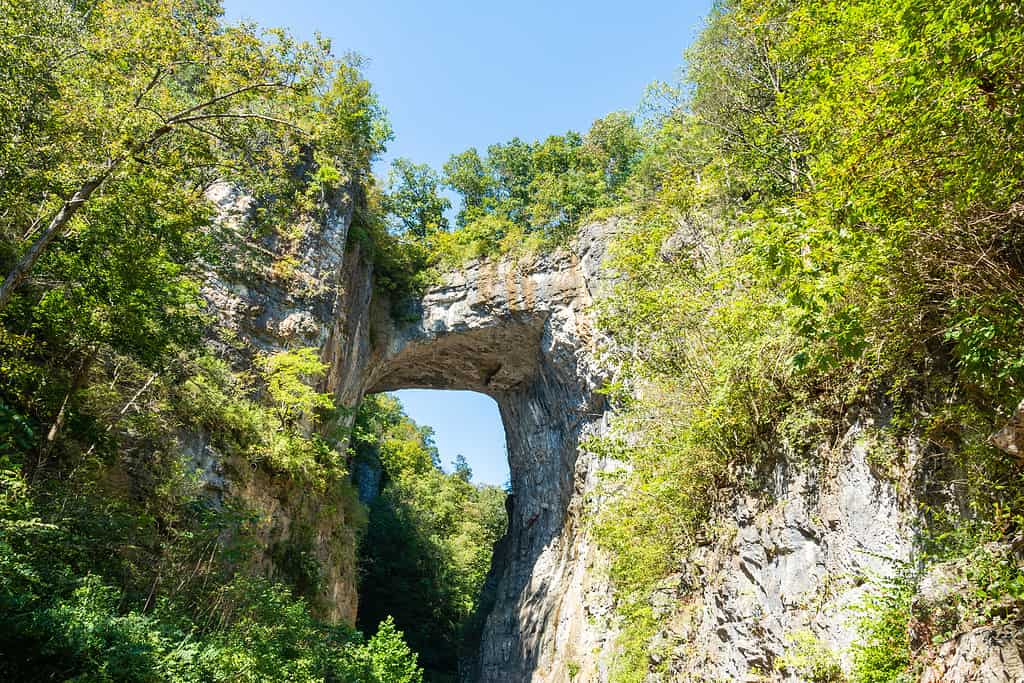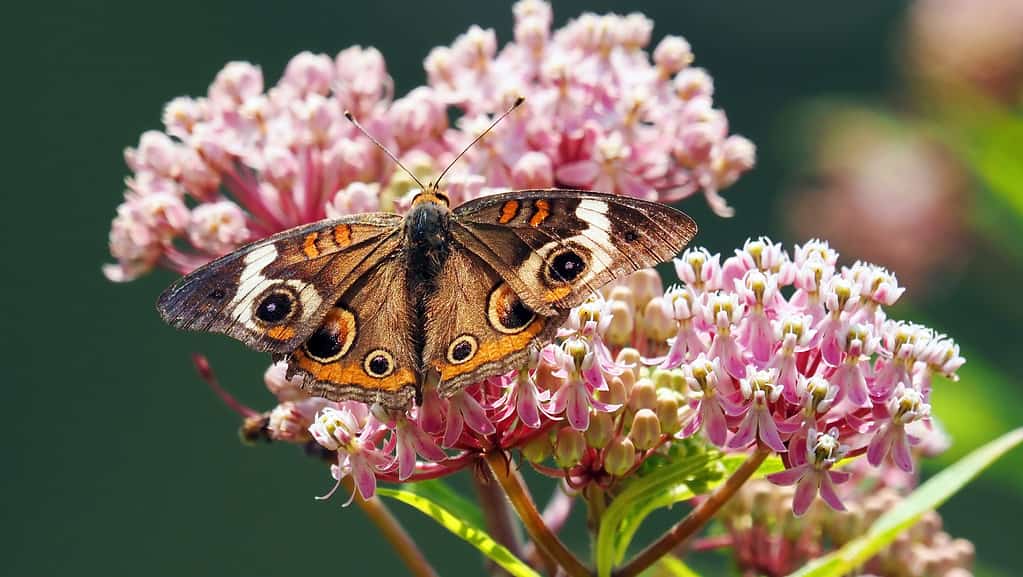As the state slogan goes, Virginia is for lovers. This is certainly true for nature lovers. Diverse ecosystems make up the 35th-largest state, from the marshy landscapes near the coast to mountainous terrain along the Appalachian Mountains.
Virginia is home to diverse animal and plant populations. Animals include the American black bear (Ursus americanus), eastern cottontail (Sylvilagus floridanus), and the northern cardinal (Cardinalis cardinalis). Among its native flora are the flowering dogwood (Cornus florida), gray beardtongue (Penstemon canescens), and Virginia bluebells (Mertensia virginica). You can discover more of the native species here. Venture out and spot some of the flora and fauna of Virginia in person. You can travel to landmarks like the Shenandoah Valley, the Natural Bridge State Park, or the Great Dismal Swamp.
With so much natural beauty in Virginia, it begs the question of who owns this land. The largest landowners in Virginia include private citizens and organizations like The Boy Scouts of America. Read on to learn about the state’s largest landowner and the ridiculous amount of acreage they own!
Virginia’s Largest Landowner

The Natural Bridge is a striking geological formation within a Virginia state park with the same name. It is one of the state parks owned by the Virginia Department of Conservation and Recreation (DCR).
©AlizadaStudios/iStock via Getty Images
Meet Virginia’s largest landowner: the Virginia Department of Conservation and Recreation (DCR). The DCR is a state agency working to protect and conserve Virginia’s natural habitats, parks, and other outdoor spaces. It preserves these natural landmarks and beauty through funding, education, and acquisition efforts for people to enjoy.
It was first created in 1926 when the agency was known as the Virginia State Commission of Conservation and Development. At the time, Harry F. Byrd was the state’s governor. He intended to consolidate several state agencies including the Water Power and Development Commission, the State Geological Commission, the Office of the State Forester, and others. The agency underwent several reorganizations from the 1930s to the 1980s. In 1985 the state renamed it to its current moniker, the Virginia Department of Conservation and Recreation.
Over the decades, the DCR implemented conservation efforts including planting over 15 million trees and stocking over 1 million fish. It also reduced fire hazards of 152,000 acres. But how many acres does the DCR own?
Virginia DCR’s Acreage

The DCR owns nearly 2,000 acres of pollinator habitats. That means diverse pollinators like bees, butterflies, and bats can help plant life thrive in Virginia’s ecosystems.
© Edward Palm/ via Getty Images
The Virginia Department of Conservation and Recreation owns 4,180,000 acres of land! Those acres make up 42 state parks, 500 miles of shoreline, 1,938 acres of pollinator habitats, and more.
The agency offers resources and guidance to conserve Virginia’s land and natural resources through programs like conservation easements. A conservation easement may vary from state to state. In Virginia, it is an agreement between a landowner and an entity like a land trust or government agency that permanently limits future development of that land. In other words, the Virginia Department of Conservation and Recreation collaborates with other government agencies, organizations, and private citizens to ensure that land can be protected from being developed.
Final Thoughts: Virginia’s Largest Landowner

The DCR also creates and maintains educational resources like a native plant finder, so that the public can learn about Virginia’s plants like the Carolina cranesbill (
Geranium carolinianum).
© undefined undefined/ via Getty Images
Because the Virginia Department of Conservation and Recreation owns the most land in the state, it makes it a powerful force for conserving the land’s natural beauty and resources. It continues to engage, educate, and encourage Virginia’s citizens to conserve lands through its varying programs. This way Virginia can continue to be a destination for nature lovers. It can also be a thriving home for its native plants and animals.
The photo featured at the top of this post is © Jon Bilous/Shutterstock.com
Thank you for reading! Have some feedback for us? Contact the AZ Animals editorial team.







